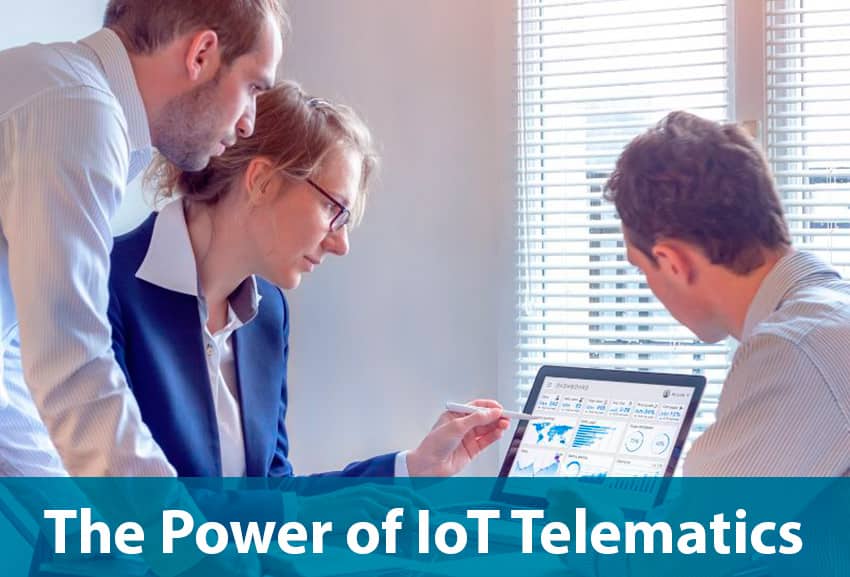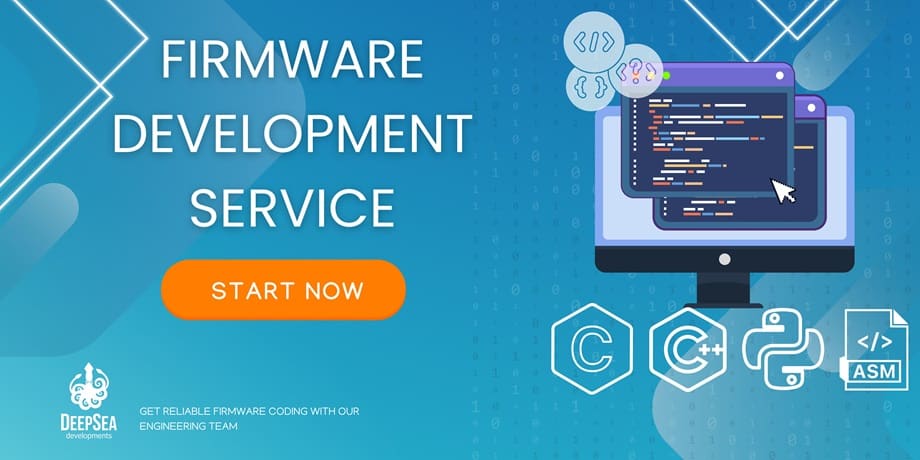If you understand the importance of IoT, it means you are part of the landscape of technology, in which you value the different applications of IoT and the weight of telematics. The synergy between IoT and telematics has given birth to a game-changing concept: IoT telematics.
This dynamic duo is reshaping industries, with IoT fleet management being one of the most prominent beneficiaries. In this article, we will delve into what IoT telematics is, how it operates, its practical applications for fleet companies, and the invaluable insights it provides.
What are telematics?
Telematics is the seamless integration of telecommunications and informatics, empowering remote communication and data exchange.
It revolves around the collection and transmission of data from remote sources (such as vehicles) to a central platform. This enables real-time monitoring, analysis, and decision-making, revolutionizing various industries, especially transportation.
How IoT and telematics work
When the Internet of Things (see IoT advantages) is woven into the fabric of telematics, the possibilities become even better.
For instance, if we were to talk about a fleet device, IoT telematics involves embedding sensors, tracking and communication devices in vehicles (through an OBD port), which turn them into smart objects that constantly generate data.
This data includes the following:
- Location
- Speed
- Fuel consumption
- Engine diagnostics
- Driver behavior (braking patterns)
- Temperature and humidity of the products in the truck.
- Among others.
This information is then transmitted through wireless networks (see 5G IoT) to centralized systems or a telematics IoT platform, accessible in real-time to fleet managers.
With such information, fleet companies can make informed decisions regarding their operations. For instance, if there are traffic issues, the fleet managers can look for alternative routes to deliver their packages faster.
This will be possible since IoT telematics provide a record of the different routes that have worked the best in the past, and through analytics, propose new routes to avoid obstacles (see embedded software consultancy).
Examples of fleet companies leveraging IoT telematics
Fleet companies are harnessing the power of IoT telematics to optimize their operations. Imagine a logistics company with a fleet of delivery trucks.
If they integrate IoT telematics into their vehicles, they can track each vehicle’s location in real-time, reroute them for optimal efficiency, and provide accurate delivery estimates to customers. Also, the drivers will feel more secure, since they may have constant assistance from the fleet managers.
Let’s see some companies that are using IoT telematics to enhance their operations:
Amazon:
The e-commerce giant employs IoT telematics to manage its vast delivery network. Real-time data on truck locations, traffic conditions, and package tracking ensures efficient deliveries.
They even have advanced systems that allow them to forecast potential increases in the demand of specific products.
UPS:
UPS uses IoT telematics to monitor vehicle health, driver behavior, and to work on route optimization. This has led to reduced fuel consumption and enhanced customer satisfaction.
FedEx:
FedEx employs IoT telematics to track package locations and monitor temperature-sensitive shipments. The cold chain logistics is really specialized, and it requires to be managed with care.
Data, drivers, technology, Internet of Things, all of these elements are crucial for ensuring packages are handled safely and efficiently.
Fleet telematics benefits
IoT telematics equips fleet managers with useful data and insights that were previously inaccessible (before the expansion of the IoT).
Why is it important to count on telematics? Well, thanks to the collected data, there will be innovation opportunities. From driver behavior to detecting maintenance issues before they escalate, fleet managers will be able to enhance operational efficiency of the company by analyzing the collected data from the IoT devices.
A company can gather data from fuel consumption that is being registered from every vehicle that belongs to the fleet. Such data can be used to analyze how this fuel consumption can be optimized, that is, reduced.
Fleet managers can create new routes, plan different delivery times, or recommend different speed times to drivers to validate which strategy will generate the highest return.
Of course, in the long term this translates into cost savings, and a better customer experience, since the service provided by the logistics companies will be improved thanks to IoT telematics.
How can companies ensure reliable IoT telematics?
It all depends on how well the IoT hardware is designed and built. On the other hand, there are embedded programming languages that need to be properly used in order to ensure a good performance of the IoT devices installed in every vehicle.
If you are thinking about creating a new device that helps you with IoT telematics, we encourage you to get in contact with us. We provide cutting edge IoT product development services that can take your product or idea to the next level.






